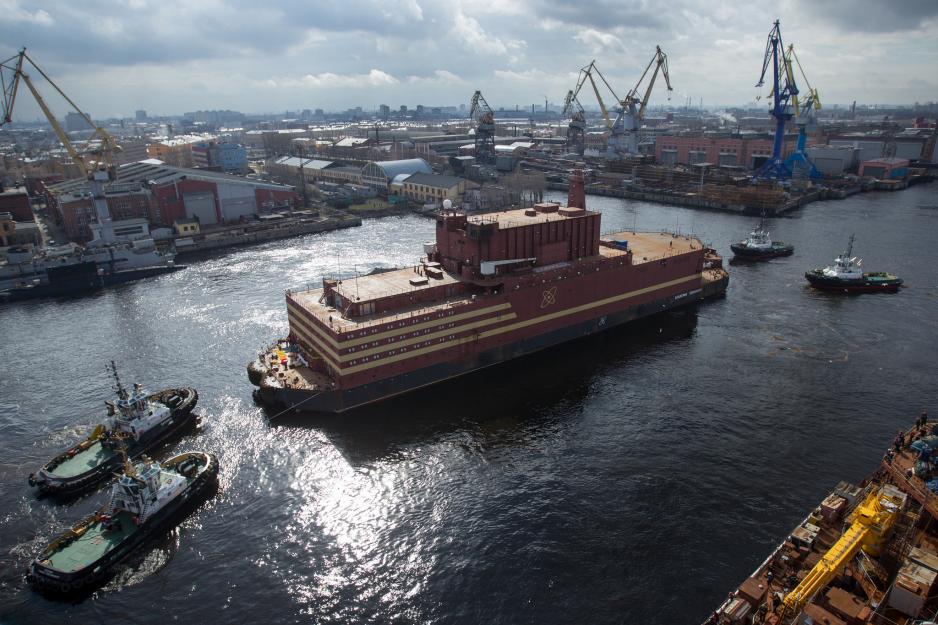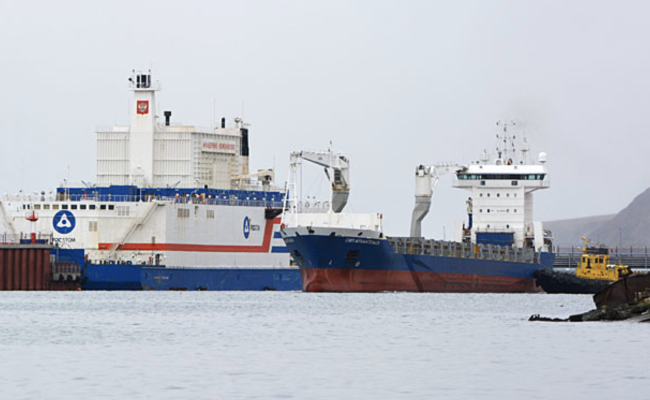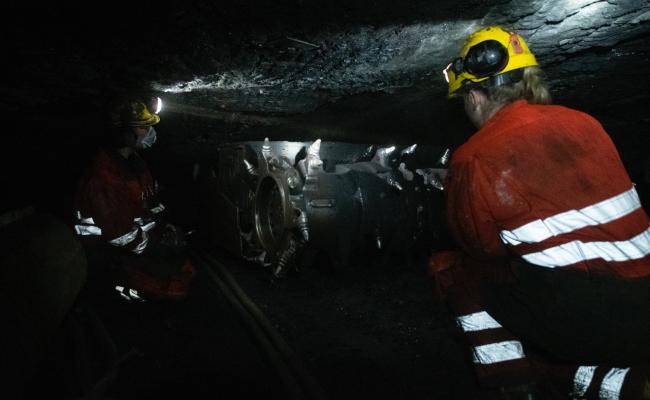Is It Time for Nuclear Power in the Arctic?

The floating nuclear power plant Akademik Lomonosov is maneuvered by tugboats into the Port of Murmansk in Russia. Will we see more of this in the Arctic in the future? Signs point to it. (Archive photo: Rosatom)
Reykjavik (High North News): The world is on the hunt for clean and carbon-free energy, and nuclear power is on the menu as the High North convenes in Reykjavik for the Arctic Circle conference. But is the Arctic ready?
In a three-day program, from October 19th to 21st, nuclear power is mentioned in several sessions for the major Arctic Circle Assembly conference in Reykjavik, Iceland.
Has the time come for small, modular nuclear reactors in the Arctic? asks researchers, politicians, business leaders, and military personnel. The hope is to find some sort of answer toward the end of the conference.
Researchers and business leaders from the US are at the center of the debate.
Takes up less space
The conference does not only look at the opportunities but also the dangers of nuclear power in the High North and concurrently promises an overview of the technology and the opportunities for placing small modular reactors in the Arctic – land or water-based.
For the record, small modular reactors (SMR) is a term used for a new category of nuclear reactors that differ from previous reactors in their modular structure.
Fitting for several places in the Arctic.
The modules are based on a unit size significantly smaller than the current nuclear reactors and therefore take less place.
Remote areas
An important application of small modular reactors will be energy supply in remote areas, which are either disconnected or have a weak connection to the ordinary transmission grid. An application fitting for several places in the Arctic.
The lack of competent personnel in these areas means that the reactors must be designed to be easy to operate and have built-in passive security.
During the conference, we will also learn more about the challenges linked to the transport of nuclear modules in the Arctic and what security risks this poses.
The debate and dialogue about nuclear power in the Arctic is scheduled to be concluded on the last day of the conference, in which the US Air Force will also participate.
Henry Tillman from Aiyana Consulting is in Iceland to speak about thorium as an alternative in the nuclear power debate. (Archive photo: Trine Jonassen)
Russia first
Russia was the first to utilize modular reactors. Akademik Lomonosov is the world's first floating nuclear power plant and has operated since May 2020. The power plant produces energy from two 35 MW(e) modules.
However, shipping nuclear fuel to Russia's floating nuclear power plant is not without controversy or risk.
Recently, HNN reported that Russia sent nuclear fuel via the Arctic on ships with a history of safety violations.
More will follow
Currently, only Russia and China have this type of nuclear reactor in operation. Russia's is located at Pevek in the East Siberian Sea, and China's Linglong One is located in the Chinese province of Hainan in the South China Sea and was completed this summer.
Argentina, Russia, and China have several reactors under construction, while Russia, the USA, Canada, South Korea, Denmark, Great Britain, and Sweden have modular nuclear reactors of several types under development.
High North News will follow the debates about nuclear power in the Arctic. Feel free to send your opinion to hinn@nord.no.




